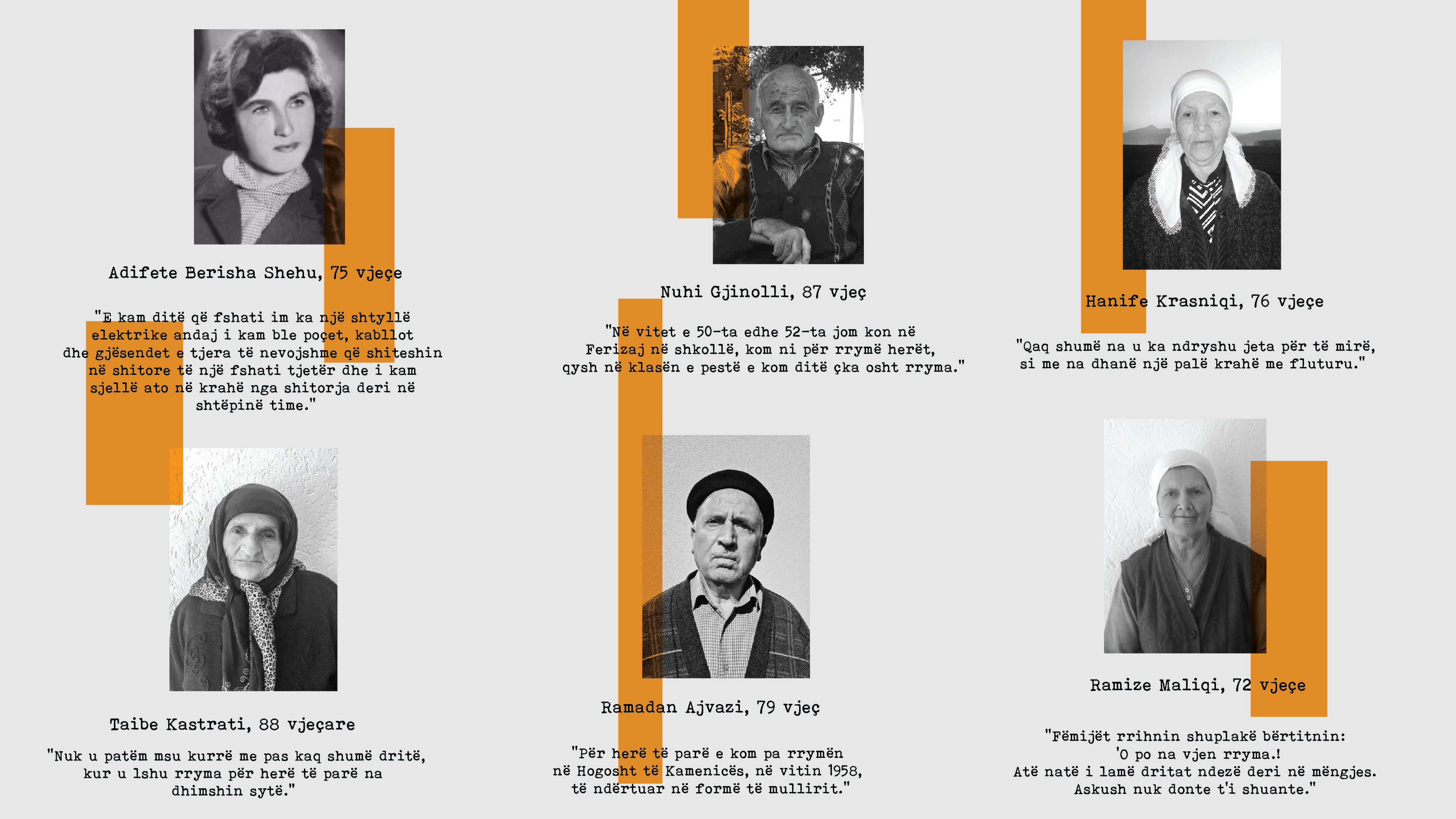 April 26, 2021
April 26, 2021
Emotional stories: When the first houses in Kosovo were lit?
It was the 60's when Adifetja kept the gas lighted lamp near her mother's sewing machine, so that she could see much better in the craft she worked in for many years.They started work after completing all house daily works and continued until late at night. Although the light of the lamp was dim, Adifetja made sure that her mother could see as much as possible.
I did it because I was determined to defeat the darkness,
says Adifetja. The electrification of Kosovo had started as early as 1921 in the city of Ferizaj, but the electricity had not reached all towns and villages in the same year. Electricity was first distributed in cities as well as in villages where the economic situation was better, especially in those presented by important and reputable people in society.
Geographical position also played a huge role. So the villages on the outskirts and in the deeper mountainous areas took time to light up. However, there were cases when the electricity was turned on in the whole village at once. Kosovar engineers worked tirelessly to supply as many settlements with electricity as possible. Unable to travel, they often stayed at the residents houses until the electrification was complete.
In the 60s and 70s economic development took off and most settlements in the country had the opportunity to have electricity in their homes for the first time. Adifetja, a former teacher from the village of Vërban in Viti / Vitina, had contributed as much as she could not only to continue the education of young people, organizing free literacy courses, but also to make her home one of the first on that area to have electricity.
She knew her village had an electric pole so she bought light bulbs, cables and other necessary items that were sold in another's village shop and brought them in her arms from the shop to her house. Then, with the help of the only electrician in the village, her house was lit with electricity sometime around 1961-62.
At first they had only four lights in the house, but they were enough to make life better than living in the dark. Nuhi Gjinolli also shows that in the beginning the electricity was weak.
When it was installed at home, it was weak with only two wires, single-phase,
says Gjinolli. The day when the electricity installed for the first time in the homes of Kosovars is remembered quite clearly by those older generations, who experienced and noticed the change the most.
Some remember the exact year, while some orient themselves according to the births of their children or important events to them.
Unaccustomed to staying in the light, some of the family members also had mild eye pain when the electricity light came on for the first time,
says 88-year-old Taibe Kastrati. And she continues agreeing that, people's lives began to improve significantly after the introduction of electricity. The lights that were seen in every house, made the village full of life giving hope that humanity itself with the presence of electricity was heading towards brighter days.
In Karaçevë e Epërme, a village in the municipality of Kamenica, recalls Mrs. Kastrati, the electricity was installed around the years 1967-68. Of course, the moment when the lights were put on for the first time was an indescribable joy for all the locals all over the country.
Our lives have changed so much for the better, like giving us a pair of flying wings
a 76-year-old lady Hanife Krasniqi from the village of Rahovica in Ferizaj says. According to Ms. Hanife, in this village the electricity was installed around the years 1971-1972.
The children were slapping and shouting 'oh the electricity is coming. That night we left the lights on until morning. Nobody wanted to switch them off.
Describes the moment of the arrival of electricity 72-year-old Ramize Maliqi, who remembers that happy day with a loof nostalgia. According to Ms. Ramize, the electricity in her village was installed around 1974. Before the residents of Kosovo were introduced to the concept of electricity, they lit their rooms in different ways with not at all suitable conditions.
In fact, some of these ways were quite harmful to health because of the smoke they released. The first method remembered by the interviewed seniors was the stalk of a plant, which was held in the hands by a family member while the other members ate dinner.
Even though it burned quickly and released a lot of smoke, we had nothing else to do to light up the night.
Mrs. Ramize adds. Later they used a tin or gas tin, where they put a cotton wick or something else to burn.
This method has made more smoke than light during combustion, according to the description of those who have used it. Later, as other forms of room lighting, kerosene lamps were used that we can also remember as the younger generations. Perhaps the most advanced way has been the lantern.
The good thing about the lantern was that at least it was closed around with the glass so that it would not go out but also not pollute the air on the spot. All of these types of lighting were used until the complete electrification of the country was completed in 1983.
Sometimes gender differences have been made, lamps and lanterns have been used in the men’s rooms- called Oda, while in women rooms were used ‘gas tins’ that have released smoke.
When women ate, the women used gas canisters, filled in with gas and someone had to hold it by hand,
said the 76-year-old from Rahovica. These forms of early illumination produced very little light, and if one wanted to, for example, knit a pair of socks at night, an activity that required light, they had to get very close to where the light source was or someone had to held the light source very close in his hand, otherwise it was too dark to see and finish the job successfully.
With the introduction of electricity things became much easier. At that time most of the population was engaged in agriculture. Women and men and sometimes even children worked the land to feed themselves. Some even planted tobacco. The latter was sold expensive and although the work process was quite difficult, it was profitable.
Electricity helped them get things done faster, so much so that the whole family was already working at night on the tobacco tightening according to Ms. Taibe, whose family was involved in tobacco cultivation. Did Kosovars knew what electricity is? Former teacher Nuhi Gjinolli, 87 year old, says that he knew what electricity was from the beginning because he taught it in school in the subject of physics.
In the 50s and 52s I was at school in Ferizaj, I heard early on electricity, since the fifth grade I knew what electricity is.
Some others say that they have heard about the electricity, but they did not know its function, a function of life change. Ramadan Ajvazi first heard about electricity before the 1950s. He said that he saw electricity for the first time in Hogosht of Kamenica, in 1958, built in the form of a mill to produce electricity.
While in his house, in the village of Kopërnica of the same municipality, the electricity was introduced in September 1966. Although it took some time for Kosovo residents to be equipped with electrical appliances, the first thing most respondents remember was ‘the fork heater’ used to heat water.
Later they also had a water motor which made their work extremely easy, especially for those who drew buckets of water from the well. Other electrical appliances as the first to remember are: a small portable single cook top electric stove, radio and then a refrigerator. The good thing was that electricity had come and people were now getting used to the benefits it brought to the community.

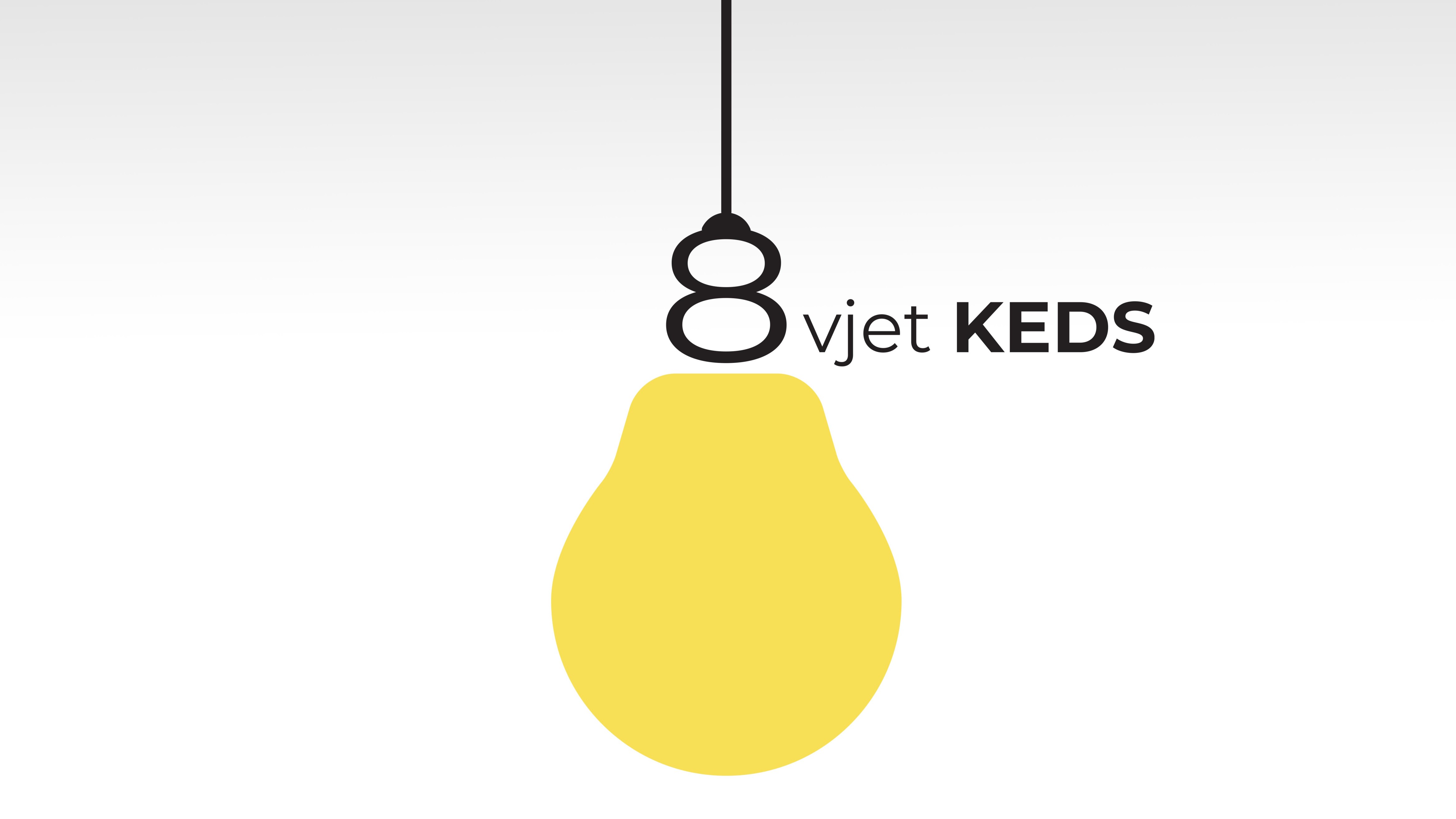
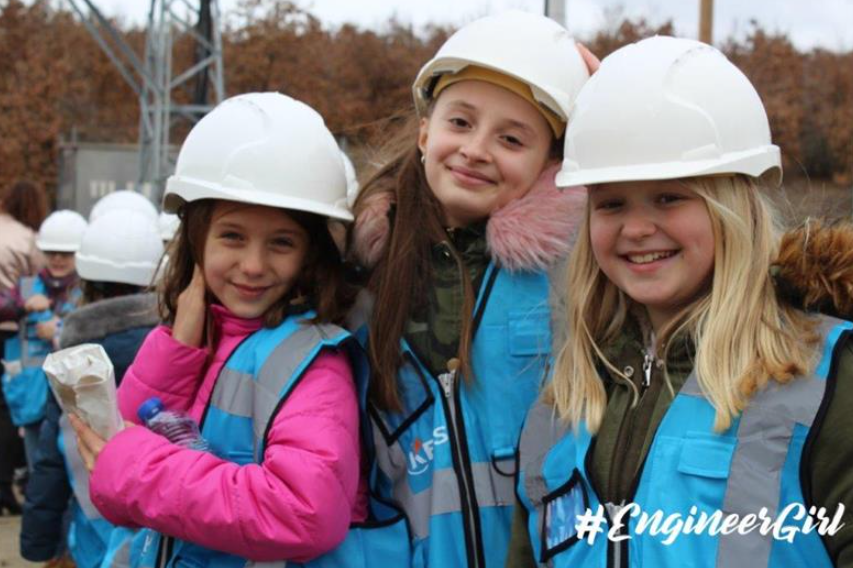
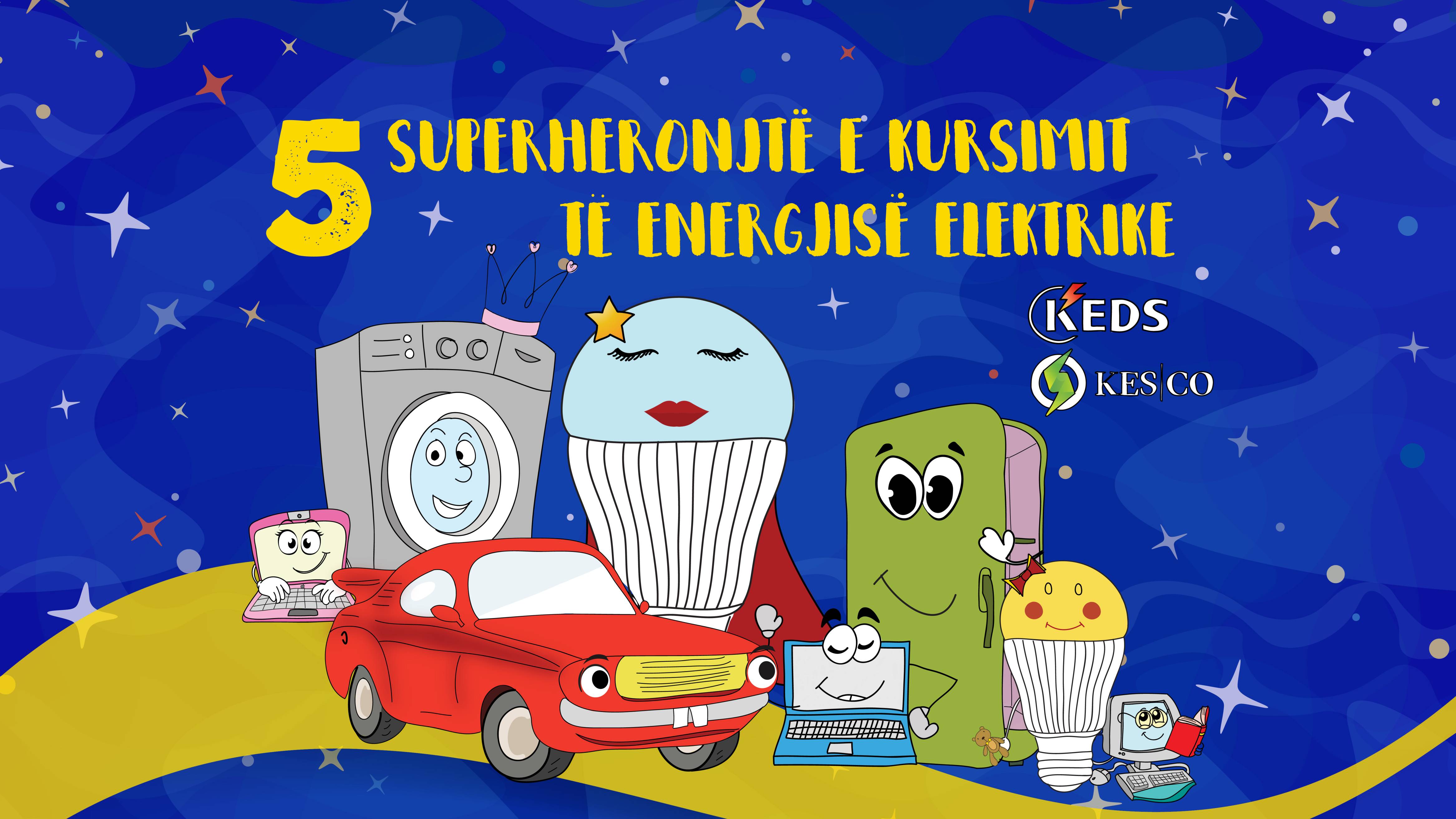
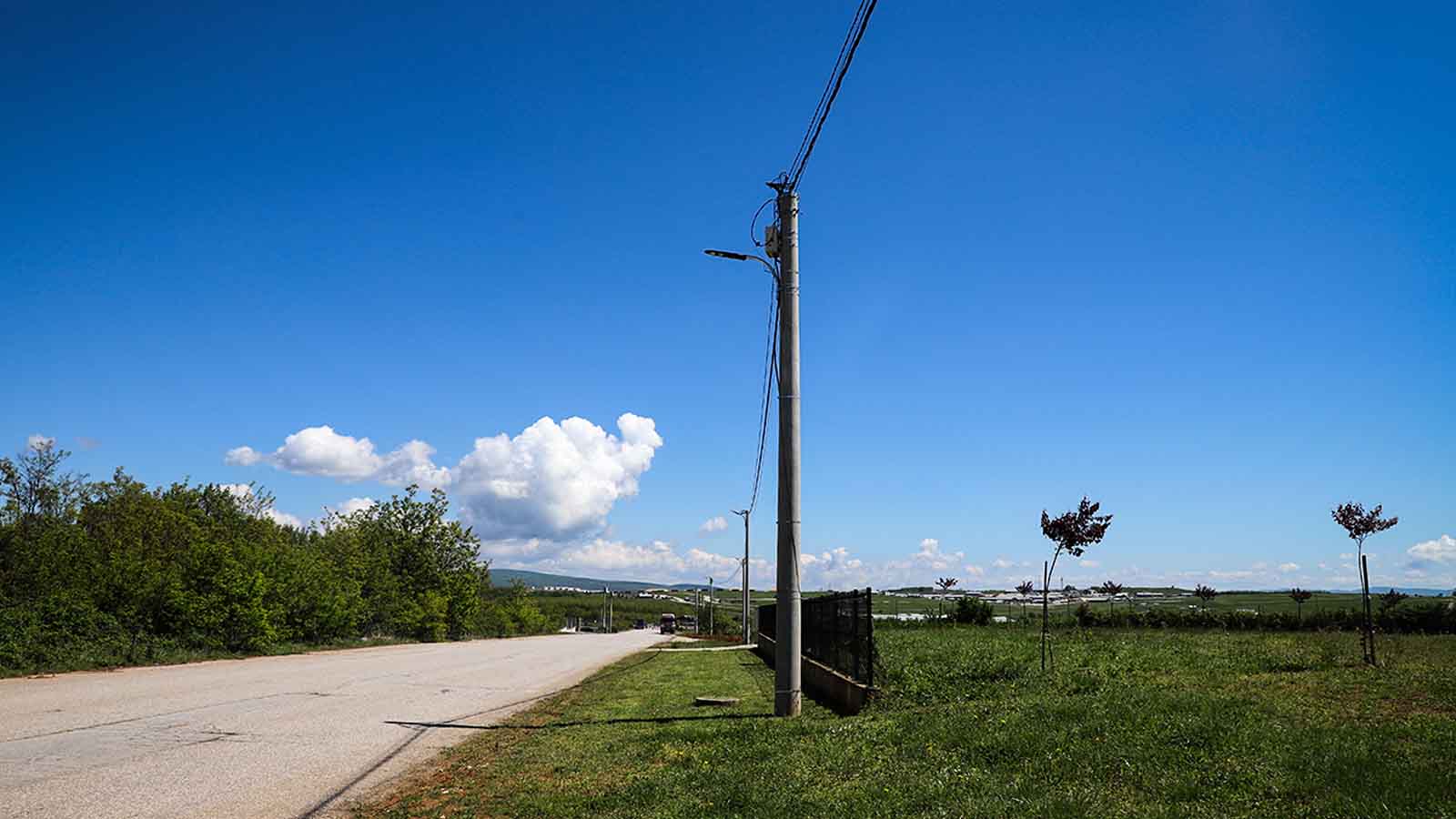
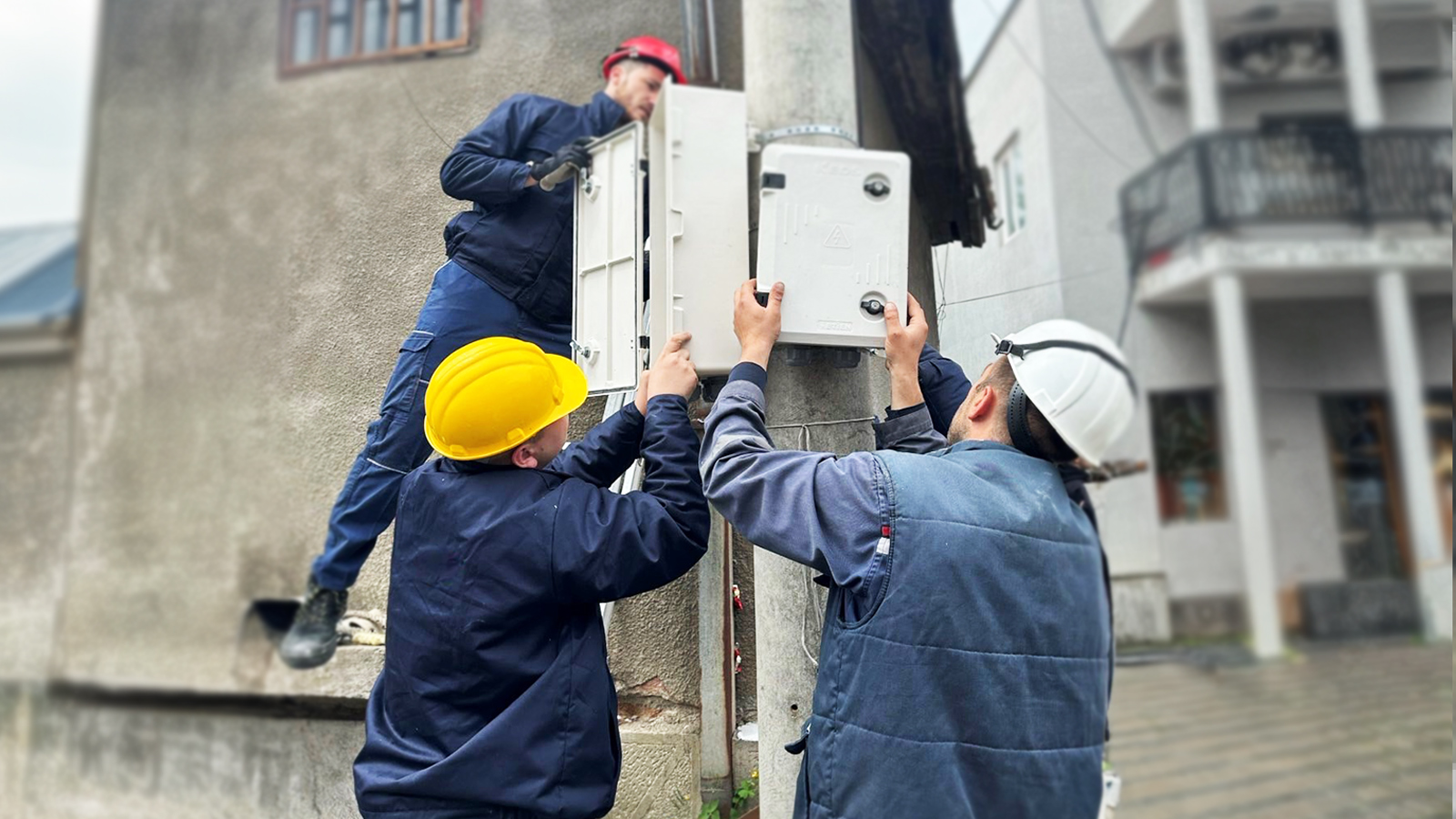
_4W9K4AcuFm.jpg)